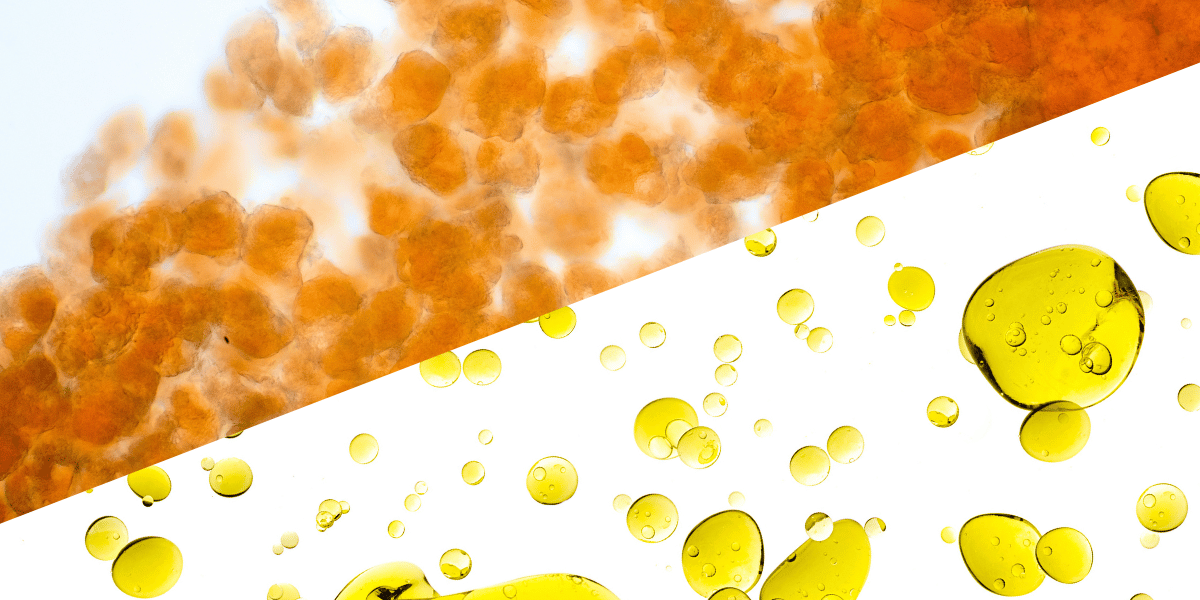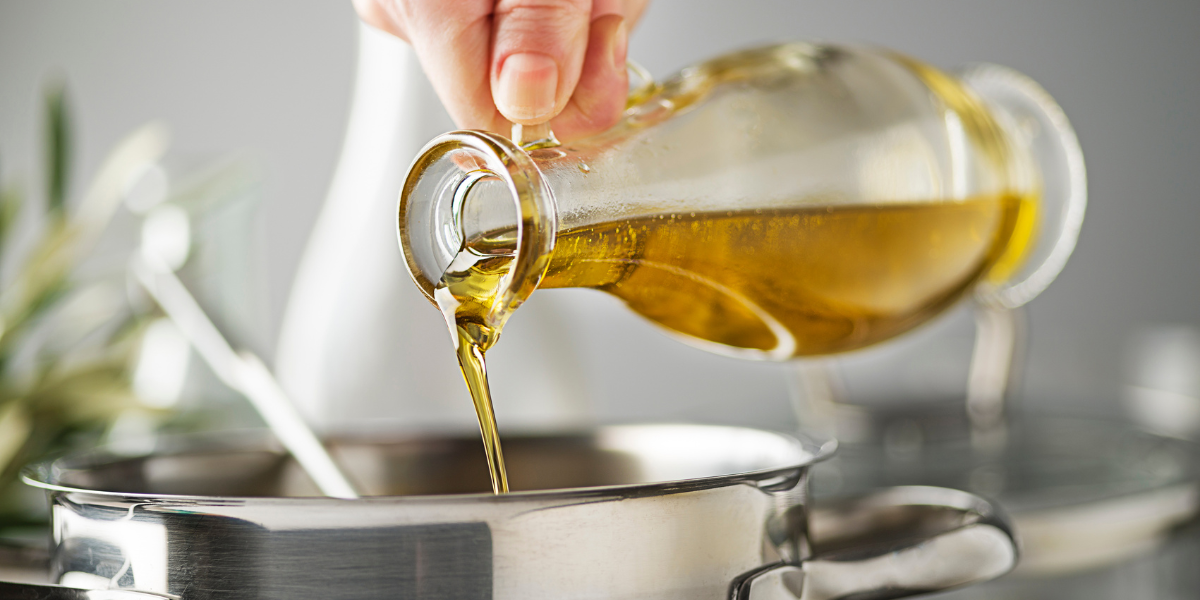The Connection between Stress, Nutrition, and Optimizing Fat Loss
If you’re serious about achieving your fitness goals and seeing results, chances are good that you’ve tried some form of diet and meal planning in...
.png?width=70&height=70&name=Stark_LogoMark%20(1).png)

Fat is a very common term, but many people use this single word interchangeably to describe a variety of things. Fat is a macronutrient in our food, but there is also fat on our bodies, not to mention the deeply complex issue of fat being used as an adjective. It should come as little surprise that there are so many misunderstandings and heightened emotions surrounding this little three-letter word, so let's clear up some of the confusion about adipose tissue and lipids, their relationship with each other, and how these components contribute to overall human health.
When we talk about "body fat," we're referring to the adipose tissue stored within our bodies. Contrary to popular belief, some amount of body fat is essential for life. In men, about 3% of their total body mass should be made up of essential fat, while in women, it's around 12%. This essential fat is crucial for various physiological functions, including hormone regulation and cognitive functions.
But not all body fat is the same. There are several types of adipose tissue, each with its distinct characteristics. Let's break them down:
Understanding the differences between these types of adipose tissue can be helpful both for addressing and improving any health needs, as well as dispelling the common misconception that all fat is inherently bad. In fact, having a healthy amount of body fat is essential for survival, good health, and proper brain function.
Now, let's shift the focus from the fats within our bodies to the fats we consume as part of our diet. When we talk about "food fats," we're discussing lipids, which are one of the three essential macronutrients, alongside carbohydrates and proteins.
It's essential to emphasize that there's no such thing as inherently "good" or "bad" macronutrients. The key lies in balance and choosing the right types and sources of lipids. Here's a quick overview of the various types of lipids:
Understanding the distinctions between these types of lipids is crucial for making informed dietary decisions. It's not about avoiding lipids altogether, but rather making choices that support your goals and promote overall health.
As you can see, the complexity of fat goes well beyond the dictionary definition. While this article has certainly not covered every single nuance associated with fat, hopefully by familiarizing yourself more with lipids and adipose tissue, then fat will no longer be considered as bad or something to fear. Lipids are crucial macronutrients, which just like most foods, can be beneficial or detrimental depending on their source and makeup. Adipose tissue helps protect our bodies and stores energy but in excess can be harmful to heart health and organ function. Whenever you hear the word 'fat', examine exactly what context it is being used. Ultimately, a balanced understanding of lipids and adipose tissue can help us make healthier food and lifestyle choices to improve our health.

If you’re serious about achieving your fitness goals and seeing results, chances are good that you’ve tried some form of diet and meal planning in...

If you've ever wondered what makes picual oil special or how it compares to olive oil, you're in the right place. Picual oil is a hidden gem in the...

SAVE THE BEST FOR…FIRST? We’re all familiar with the phrase “save the best for last.” While this is true for concerts and main course meals, it’s the...